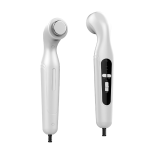
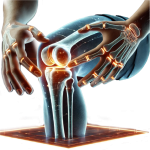
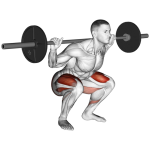



These are some of the most frequent conditions we see. These can be caused by weak or overactive muscles creating strain and instability, or poor movement patterns and postural alignment placing excess stress on joints. While the pain may seem isolated, it often points to something deeper. Addressing only the symptoms often leaves the root cause untreated — which is why pain can return or worsen over time.
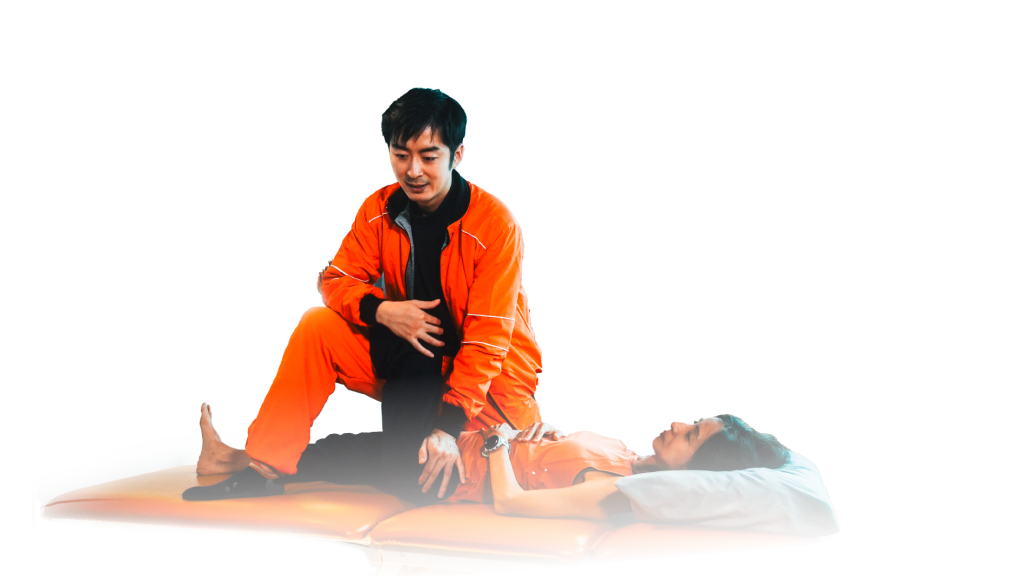





Organs like your stomach and kidneys, when restricted, can create tension that triggers nerves, causing pain in your back, hips, or shoulders. Stiffness in soft or connective tissue (fascia) can limit mobility and cause compensatory movement patterns, contributing to knee pain. Poor lymphatic flow can lead to inflammation, swelling, and chronic pain. Miscommunication between nerves and muscles can alter movement and trigger pain. These lesser-known contributors are often overlooked, but diagnosing them can be the key to lasting relief.



Using these advanced methods, we analyse the interconnected factors contributing to pain, by deeply scrutinising motion, identifying abnormalities and compensations in your body's moving patterns and tracing your neural maps in the body to identify true pain triggers that no other methods can. Through these methods, we piece together a complete understanding of your body’s mechanics and movement patterns
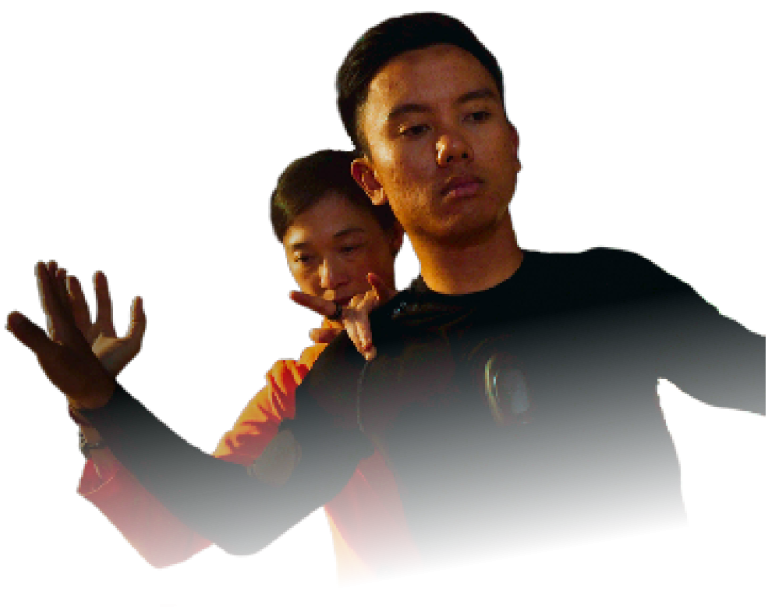





We use treatments that go beyond conventional physiotherapy, like enhancing circulation to reduce inflammation and accelerate healing, releasing restrictions in organs and soft tissue to alleviate referred pain, restoring joint movement and alignment for pain relief and training your brain and muscles to move with correct patterns. The goal isn’t just pain relief — it’s restoring your body’s natural balance and empowering it to move freely and pain-free.

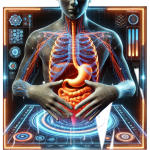
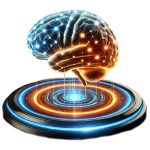
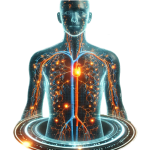
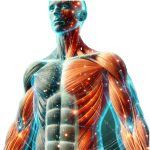
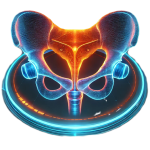
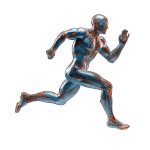




Taka’s journey into physiotherapy is deeply personal. As a junior high school runner, a debilitating back injury sidelined him for months. With the guidance of a skilled therapist, he regained his ability to run pain-free—a transformative experience that inspired his pursuit of physiotherapy to help others reclaim their potential. With over a decade of expertise in musculoskeletal rehabilitation and sports therapy, Takayuki embodies a meticulous approach to physiotherapy that bridges cutting-edge techniques with personalized care. Holding a Master’s degree in Human Health Science from Kyoto Graduate University, he has honed his craft across renowned institutions and elite training programs.
Certified as a Functional Manual Therapist (CFMT) by the Institute of Physical Art (USA) and holding advanced certifications from the Japanese Athletes Rehabilitation Trainer Association (JARTA) and the International Olympic Committee (IOC) in Sports Physical Therapies, Taka’s credentials reflect his commitment to excellence. He has also completed specialised training in Postural Restoration (PRI), dry needling, and Functional Movement Screening (FMS Levels 1 & 2), equipping him with a multifaceted toolkit to optimise recovery and performance.
Prior to moving to Singapore, Taka sharpened his skills at Yukioka Hospital in Osaka and the Aso Clinic in Shiga, where he treated complex musculoskeletal and sports injuries, including post-operative cases like ACL reconstructions and artificial joint replacements. His expertise extends to supporting athletes across disciplines, including track and field, soccer, baseball, tennis, and golf.
Taka’s clinical practice is a blend of manual therapy and movement optimisation, integrating joint mobilisation, fascia release, neuromuscular reeducation, and functional exercises to unlock efficient movement. With a special focus on running techniques, he empowers runners to prevent injuries and achieve peak performance.
Today, Taka’s philosophy centers on balance—both physical and mental. He believes: “Better movement leads to a better life.” Through his innovative approach, Taka empowers individuals to break past limitations, optimise their performance, and achieve their best selves.





